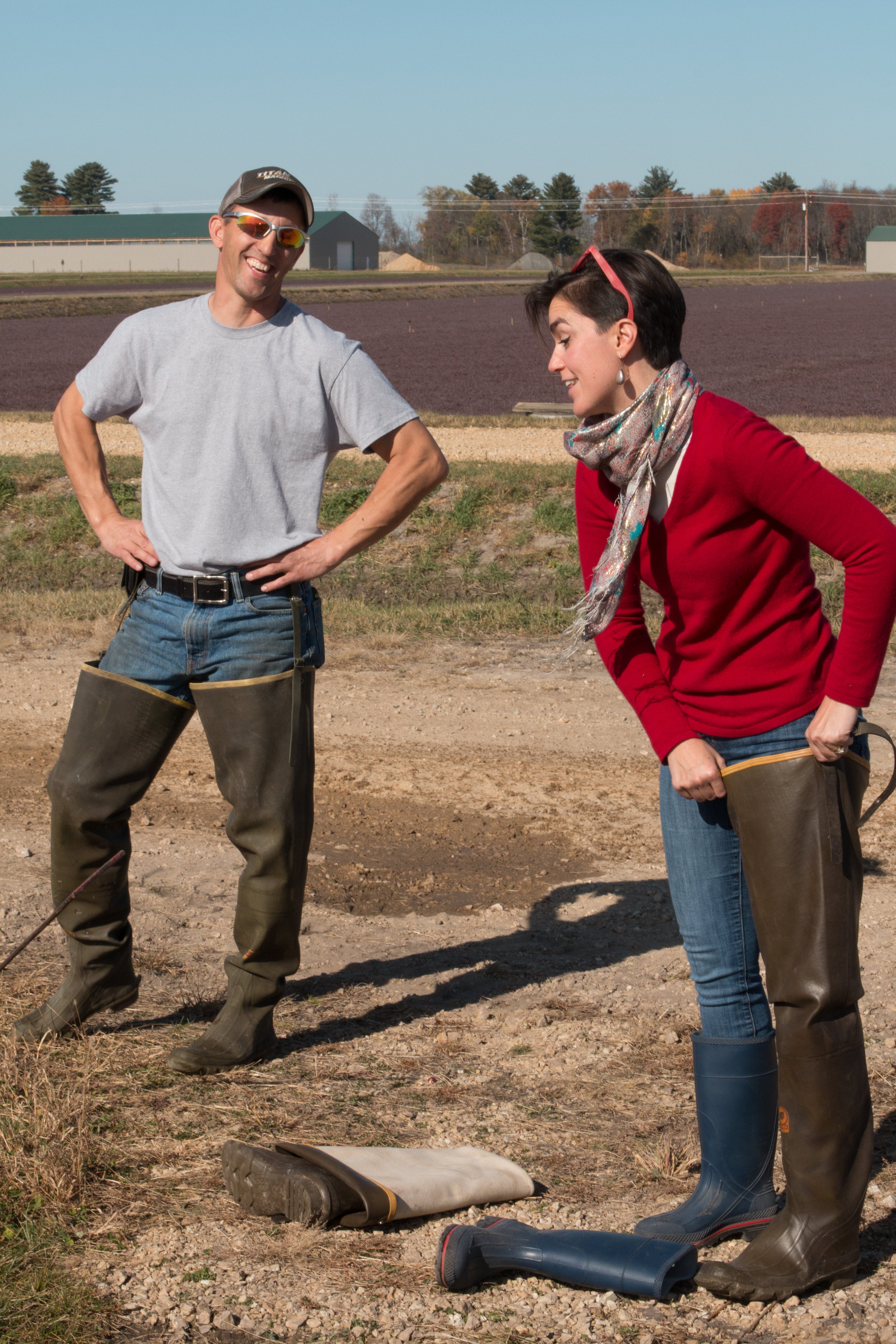UW scientists part of $12.8M effort to improve cranberries and blueberries

Two scientists in the College of Agricultural and Life Sciences at UW–Madison are part of a team that recently received $12.8 million to improve the fruit quality of cranberries and blueberries. The Vaccinium Coordinated Agricultural Project (VacCAP) was awarded a four-year, $6.4 million grant from the U.S. Department of Agriculture with another $6.4 million from matching funds.
VacCAP will study blueberries and cranberries, both part of the Vaccinium genus, with a goal of improving the fruit and products made from the fruit. The production value of cranberries and blueberries is more than $1 billion in the U.S., and Wisconsin is the top producer of cranberries in the world. VacCAP is a multi-institutional effort, and UW–Madison’s Amaya Atucha and Juan Zalapa (USDA), both in the Department of Horticulture, will lend their expertise on cranberries.
The project is largely industry-driven, and surveys identified firmness, color and fruit size as high priorities for cranberry producers. As the cranberry market shifts from juice to other products such as sweetened dried cranberries, the industry needs to produce more higher-quality fruit. Currently, as much as 20 percent of cranberries are unusable as dried cranberries and get shifted into the juice concentrate market, which commands a lower price and can become saturated. For the economic sustainability of the cranberry industry, more fruit that is suitable for the dried cranberry market is needed.
“We have had a lot of involvement from the cranberry industry here in Wisconsin,” says Atucha. “The priorities for the research that we’re doing were based on the needs from the industry. We also have a cranberry grower from Wisconsin as part of our advisory panel. The growers are very well represented in the project.”

While breeders of other crops have had advanced DNA tools available to help develop better cultivars, such information hasn’t been available for blueberry breeders. DNA tools for cranberry breeders are relatively new and can be improved. The VacCAP project will identify the genetic factors that contribute to fruit characteristics such as texture and appearance, and will then tie those characteristics to fruit quality. Ultimately, enhanced DNA tools will allow breeders to select the qualities they want in the berries and more quickly incorporate them into new cultivars.
Zalapa will focus on the breeding, trait discovery, and genetic mapping aspects of the project, while Atucha is part of the extension team that will communicate project findings to a wide audience including breeders, producers, industry and the public. Another component of the grant will address socioeconomics by determining if consumers are willing to spend more money on fruit that is of higher quality. All of these aspects will combine for a project that can have a big impact on the future of the cranberry and blueberry markets.
“The amount of research that has been done on cranberries at UW–Madison is massive. A project like this brings together our expertise and the expertise of many others to deliver something that it would take us a long time to do by ourselves. That is the strength,” says Atucha. “You bring collaborators from everywhere around the world. You put all of us together, and we can achieve so much more.”